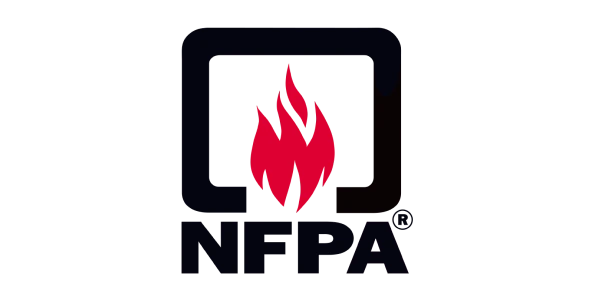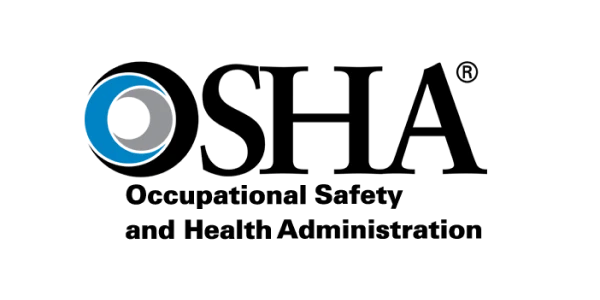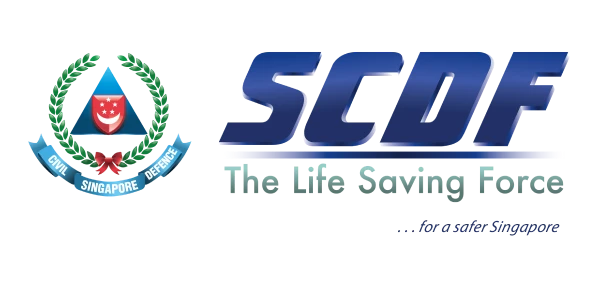Fire System Maintenance
Fire maintenance is crucial for ensuring fire safety and preventing accidents. Here are some key aspects of fire maintenance.
Types of Fire Maintenance
Fire Alarm System Maintenance
Regular maintenance of fire alarm systems is essential to ensure the safety of occupants and the protection of property. A well-maintained system can quickly detect and alert individuals to fire hazards, enabling timely evacuations and minimizing damage.
Fire Extinguisher Maintenance
Regular fire extinguisher maintenance is crucial for ensuring they are ready to use in the event of a fire. Proper upkeep can mean the difference between containing a small fire and a potential disaster.
Fire Sprinkler System Maintenance
Maintaining a fire sprinkler system is vital to ensure its reliability and effectiveness in suppressing fires. Regular inspections and maintenance help prevent malfunctions and ensure compliance with safety codes.
Fire Suppression System Maintenance
Fire suppression systems, often used in high-risk environments like kitchens, data centers, and industrial facilities, require regular maintenance to ensure their effectiveness in quickly extinguishing fires without causing further damage.
Common Fire Maintenance Tasks
Regular Inspections
Regular inspections of fire systems are essential to ensure all fire safety equipment functions correctly and complies with local safety codes. These inspections help detect potential issues before they become hazardous, providing a safer environment for occupants.
Testing and Certifications
Fire system testing and certification are crucial for ensuring the effectiveness and compliance of fire safety equipment. Regular testing verifies that all components function properly, while certification confirms that the system meets local fire safety regulations.
Repair and Replacement
Timely repair and replacement of defective components in a fire system are essential to maintaining its effectiveness in protecting lives and property. Any malfunctioning parts can compromise the system’s ability to detect and respond to a fire emergency.
Training for Users
Fire system training is essential for ensuring that building occupants and staff know how to properly operate and respond to fire safety systems during emergencies. It enhances overall safety by equipping individuals with the knowledge and skills to act quickly and correctly.
Benefits of Fire Maintenance
Ensures Fire Safety and Compliance
Ensuring fire safety and compliance involves implementing and maintaining fire protection measures that meet legal regulations and safety standards. This not only protects lives and property but also reduces legal and financial risks for businesses and building owners.
Preventing False Fire Alarms
Preventing false fire alarms is crucial to maintaining trust in fire safety systems and avoiding unnecessary disruptions. Frequent false alarms can lead to complacency, delayed emergency responses, and wasted resources.
Reduce the Risk of Fire-Related Accidents
Reducing the risk of fire-related accidents is essential for safeguarding lives, protecting property, and ensuring a safe environment in residential, commercial, and industrial settings. Implementing proactive fire safety measures significantly decreases the likelihood of fires and enhances overall safety.
Extends Equipment Lifespan
Extending the lifespan of fire safety equipment is essential for maintaining effective fire protection and minimizing replacement costs. Regular maintenance and proper care ensure that these critical systems remain reliable and functional throughout their intended lifespan.
Maintain Fire Insurance Compliance
Maintaining fire insurance compliance is essential for ensuring that properties meet the safety standards required by insurance providers. Compliance not only protects the insured property but also minimizes the risk of denied claims in the event of a fire.
Frequency of Fire Maintenance
Monthly Inspections
Quarterly Testing
Annual Certification
Bi-Annual Maintenance
Fire Regulations

NFPA (National Fire Protection Association) Standards

OSHA (Occupational Safety and Health Administration) Guidelines






